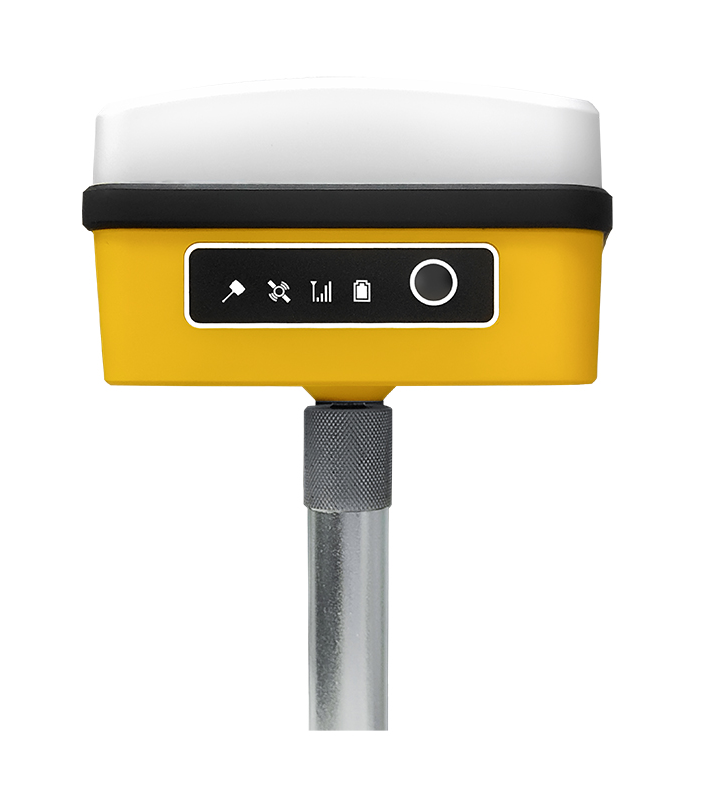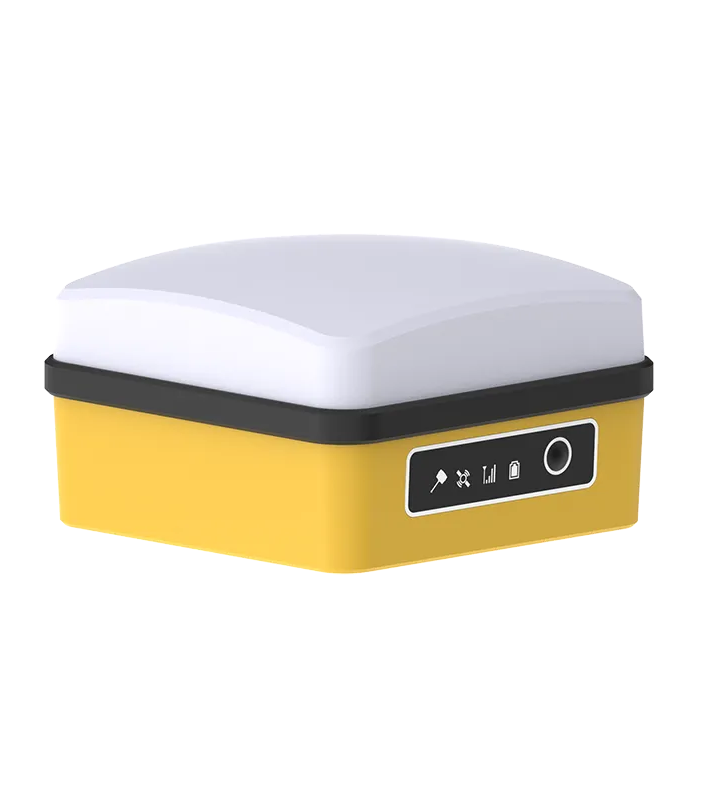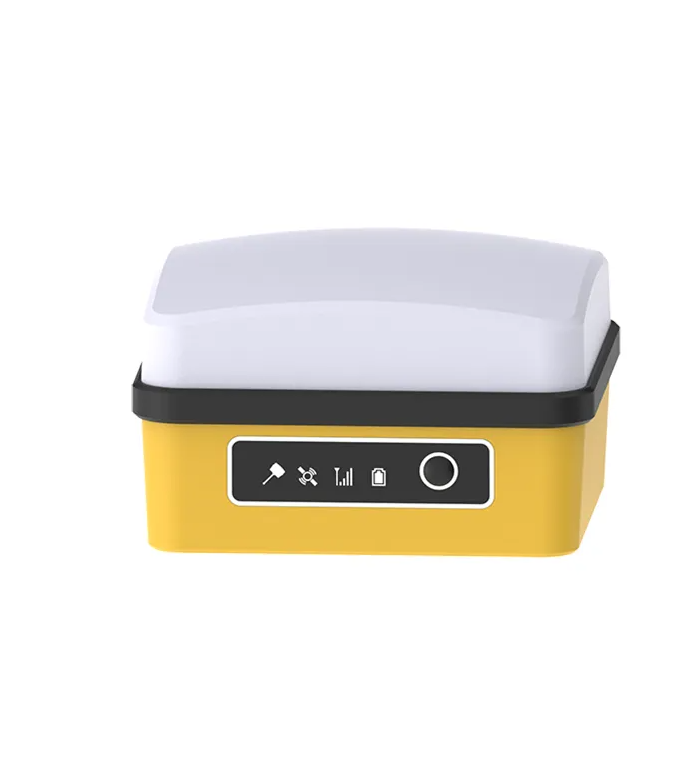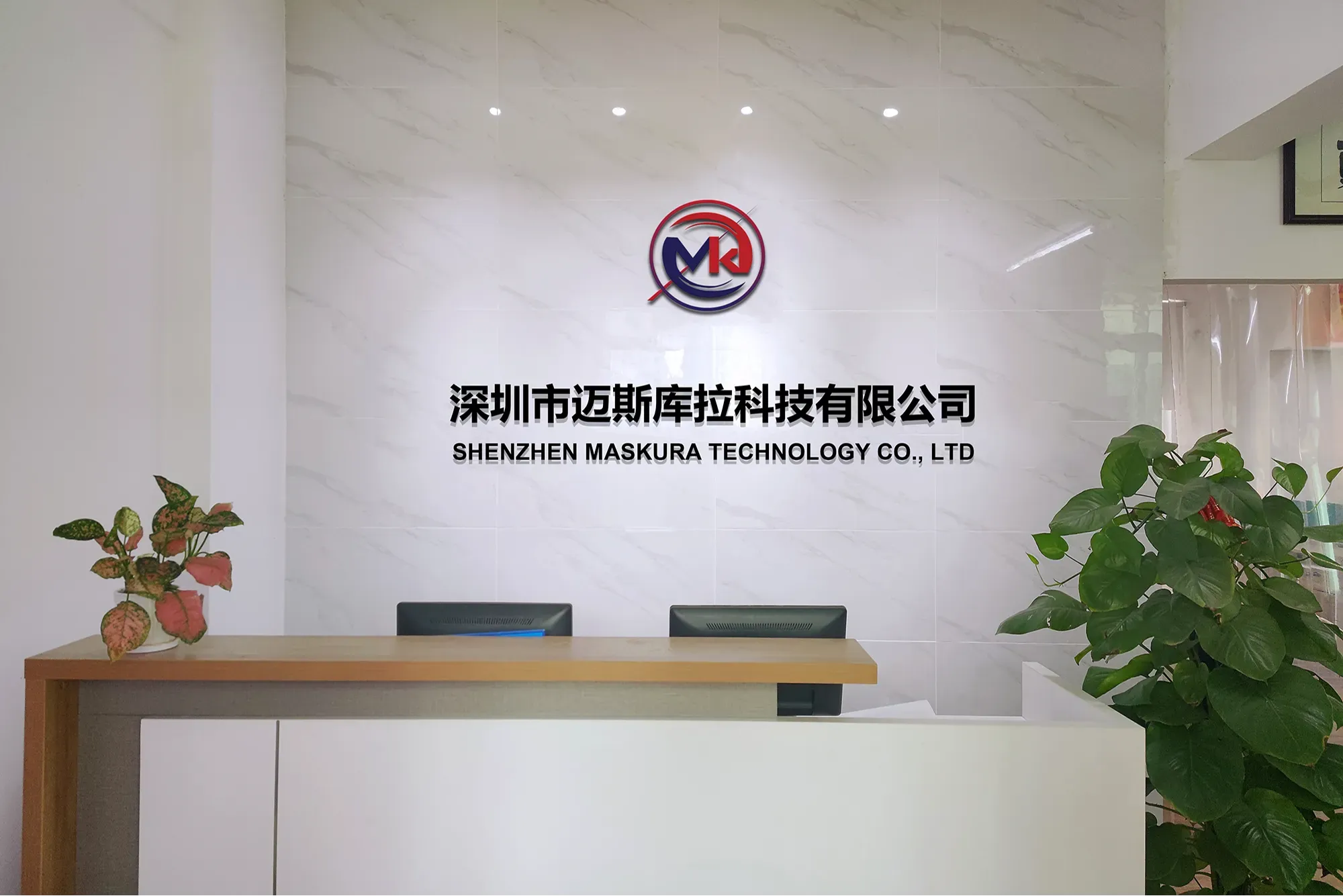
Modern land surveying greatly benefits from GNSS, enabling surveyors to obtain precise coordinates and streamline data collection processes.

The future of land surveying will be in tandem with the developments of GNSS. As satellite platforms become more sophisticated, GNSS precision and reliability are expected to rise. These includes multi-frequency GNSS receivers and augmented reality integration that will soon feature on this market, which promises to boost the capabilities of land surveyors. These improvements will make for more accurate measurements, quicker data collections, and better project outcomes in general. In conclusion, as GNSS technology upgrades its features constantly, it is going to contribute massively to the fate of land surveying thereby ensuring that the land surveyors can cope up with industry’s needs.

The transformation in traditional methods of land surveying involving GNSS technology cannot be more emphasized. Before GNSS, the surveyors were guided by physical landmarks and physical measurements, which might be affected by both human error and environmental factors. This has been changed by GNSS which has been providing a consistent and accurate method for determination of positions. Today, the surveyors can use GNSS receivers to rapidly collect points even in difficult field conditions. Consequently, this change has greatly led to improved quality and reliability of surveys making it to be a must have tool during actual surveys carried out on ground using planes (Gnss).

Modern survey applications have been greatly enhanced by incorporation of Global Navigation Satellite System (GNSS) technology. Its greatest advantage is being able to perform surveys in detached or difficult to reach places where the traditional techniques may fail. The GNSS can be carried around and can be used in any environment ranging from the cities that are densely populated up to the rough outdoors. More so, it allows for real-time data collection and processing, which speeds up surveying work flow. This means that it takes less time for surveyors to finish their projects while still achieving higher precision levels thus reducing costs and increasing overall productivity.

The precision is paramount in land surveying, which makes the GNSS technology to be critical. Manual measurements and calculations were performed using traditional surveying methods, which could have led to significant mistakes. However, GNSS provides very accurate position data by using a triangulation of signals from multiple satellites. Hence, a minimal margin of error is utilized in obtaining exact coordinates by surveyors. The increased accuracy brought about by GNSS guarantees that land measurement can be depended upon; hence critical in construction, legal documentation and also land development.

Shenzhen Maskura Technology, a renowned manufacturer of Hi-tech GNSS surveying equipment, has been at the forefront of innovation since its establishment in 2011. Specializing in a diverse range of products including RTK receivers, antennas, sophisticated software, land levelers, and autopilot systems, the company offers dependable and high-quality solutions to customers across the globe. With a focus on precision and accuracy, Maskura Technology's surveying equipment is trusted by professionals in various industries, ensuring accurate measurements and seamless operations. The company's commitment to excellence and continuous innovation has made it a leading choice for those seeking advanced surveying solutions.
Delivering cutting-edge technological advancements for diverse industries.
Ensuring superior product quality with rigorous testing and precision engineering.
Providing tailored solutions and excellent support to meet unique client needs.
Committed to meeting client needs with tailored solutions and exceptional support.
GNSS (Global Navigation Satellite System) land surveying uses satellite signals to determine precise locations on the Earth's surface. Unlike traditional land surveying methods, which rely on physical measurements and terrestrial instruments like total stations and theodolites, GNSS surveying employs satellites to triangulate positions. This method allows for high accuracy and efficiency, especially over large areas. GNSS can provide real-time data and is less labor-intensive, reducing the need for multiple surveyors on-site. Traditional methods, while still valuable for certain tasks, often require more time and are less suited for expansive or remote areas.
A GNSS land surveying system typically comprises three main components:
Real-Time Kinematic (RTK) technology significantly improves the accuracy of GNSS land surveying by using a base station to provide real-time correction data to the GNSS receiver. The base station, positioned at a known location, calculates discrepancies between the satellite signals and its known position. It then transmits these corrections to the rover (mobile GNSS receiver), allowing it to achieve centimeter-level accuracy. RTK is essential for tasks requiring high precision, such as construction layout, land parceling, and infrastructure development.
The key benefits of using GNSS technology in land surveying include:
